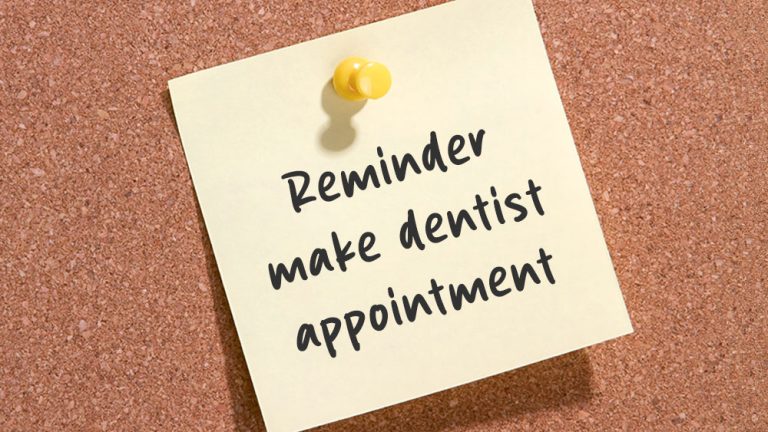
Impacts and Teeth
Teeth can be damaged by various types of impact—sports injuries, falls, car accidents, or even biting down on something hard. Whether it’s a chipped tooth, a cracked tooth, or a tooth that has been knocked loose or completely out, prompt action can make all the difference. Knowing how to respond in these situations can mean the difference between saving or losing a tooth. Here’s what to do if teeth are damaged due to impact.
Assess the Situation
The first step is to assess the extent of the injury. If there is bleeding, apply gentle pressure with a clean washcloth or gauze to control it. Check for signs of damage, such as chipped or broken enamel, loosened teeth, or complete avulsion (a tooth being knocked out). Also, determine whether the injury affects just the teeth or includes the gums, jaw, or surrounding soft tissue. If there is severe swelling, pain when moving the jaw, or difficulty breathing, seek emergency medical help immediately.
For Chipped or Broken Teeth
If the tooth is chipped or slightly broken but still in place, try to locate any pieces of the tooth that may have broken off. Place the fragments in a small container with milk or saliva. Rinse gently with warm water to clear debris. Avoid using the damaged tooth for biting or chewing until there’s an opportunity to see a dentist.
Be sure to visit a dentist as soon as possible. In the meantime, use dental wax or sugarless chewing gum to cover any sharp or jagged edges to prevent cuts inside the mouth. Pain can usually be managed with over the counter pain relievers like ibuprofen or acetaminophen.
For Cracked or Fractured Teeth
A cracked tooth may not always be visible, especially if the crack runs beneath the gumline. Symptoms may include pain when chewing, sensitivity to temperature changes, or intermittent discomfort. Do not apply pressure to the affected area, and avoid hot or cold drinks.
See a dentist as soon as possible for X-rays and evaluation. Treatment may involve bonding, a crown, root canal therapy, or extraction, depending on the severity and depth of the crack.
For Loose or Dislodged Teeth
If a tooth has been pushed out of position but not completely knocked out, try gently repositioning it back to its normal alignment using light finger pressure. Do not force it. Hold it in place by biting down gently on a piece of gauze or a clean towel.
It’s critical to see a dentist or an emergency dental clinic right away. In many cases, the tooth can be stabilized using a splint that holds it in place while the supporting structures heal.
For Knocked-Out Teeth (Avulsed Teeth)
If a permanent tooth is knocked out completely, time is of the essence. First, find the tooth and handle it by its crown (the chewing surface), not the root. If the tooth is dirty, rinse it gently with saline or milk. Be careful no to scrub the tooth or use soap. If possible, try to reattach it back inside the socket. Hold it in place by biting down gently on gauze.
If reinsertion is not possible, keep the tooth in milk, saline solution, or inside the cheek (if the person is conscious and able to avoid swallowing it). Avoid storing it in water. Get to a dentist or emergency room within 30 minutes to one hour for the best chance of saving the tooth.
Post-Injury Care
After any tooth injury, follow up with a dentist for a full evaluation. X-rays may be needed to assess internal damage. Long-term care could involve crowns, veneers, root canals, or dental implants depending on the injury. Follow all prescribed home care instructions to avoid complications like infection or further damage.
Prevention Tips
Use mouthguards during sports, avoid chewing hard objects like ice or pens, and always wear seatbelts in vehicles. Persons prone to falls or seizures, discuss preventive strategies with their doctor. Knowing what to do in the moments after a tooth injury can protect dental health for years to come.



